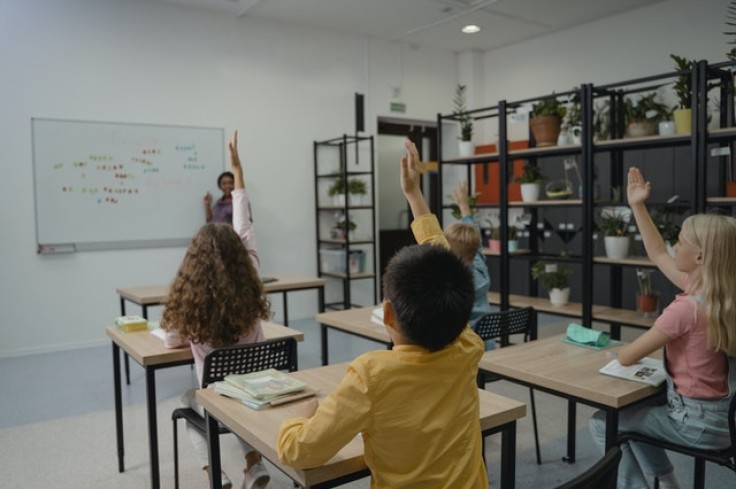
The reopening school issue received so many hesitations from the Teachers Union earlier. However, the new CDC Guidelines made them switch stance.
Teachers' unions in many states and large jurisdictions have played a significant role in organizing school closures and reopening since the pandemic. With coronavirus cases on the rise across the country, labor unions use their political clout to lobby for a more conservative approach to bringing teachers and students back into classrooms.
Although not all schools must agree with their unions to restore in-person teaching, they must have teachers show up. In some instances, unions argue that they want students to return, but only after specific safety measures have been implemented.
Fearful of contracting COVID-19 at work, several teachers have stated that they will not enter school buildings, particularly as cases in their communities increase. According to the Kaiser Family Foundation, a fifth of all teachers are at increased risk of serious illness if they contract the coronavirus. Other teachers are afraid of spreading the virus to their high-risk family members.
"The unions have made it clear that they don't want teachers back in the classroom until they're 100 percent confident they're safe," said Katharine Strunk, an education labor market expert at Michigan State University.
However, after initially claiming it didn't take into account the specific problems facing the country's urban schools, the president of the influential American Federation of Teachers praised the Centers for Disease Control and Prevention's new revision of social distancing in schools, which was made after mounting pressure from interest groups scrambling to reopen schools for in-person learning.
As long as masks are universally used, the CDC lowered its social distancing recommendations in some school settings from 6 feet to 3 feet last month. CDC Director Rochelle Walensky said at the time that the revision was backed by science and would help the Biden administration achieve its target of expanding in-person learning in more classrooms.
However, Weingarten and a few other urban school leaders expressed concern that the CDC's research to change the recommendation from 6 to 3 feet did not account for urban school districts. Not only do they have high group transmission speeds, but their school buildings are also older. The school buildings are also older, and they have fast community transmission rates.
New Stance of the Teachers Union
Last month, the CDC reduced its social distancing guidelines in some school settings from 6 feet to 3 feet as long as masks are universally worn. According to CDC Director Rochelle Walensky, the revision was backed by science and would help the Biden administration achieve its goal of increasing in-person learning in more classrooms.
On the other hand, Weingarten and a few other urban school leaders expressed concern that the CDC's report, which was used to adjust the recommendation from 6 to 3 feet, did not consider the needs of urban school districts.
In summarizing the letter to her AFT colleagues, Weingarten wrote, "I want to emphasize that the letter is clear that the drive to increase the number of children in classrooms cannot happen in a vacuum."
"The letter makes it clear that the current physical distancing guidance is a floor, not a roof, and that how the CDC guidelines are applied can differ depending on the local context as well as changing science," says the letter.
President Joe Biden and Cardona have been pushing school districts, including urban school districts that serve some of the country's most disadvantaged children, to reopen for in-person instruction.
READ MORE: School Reopenings Benefit Kids and Minimize Parental Stress, Pediatrician Says